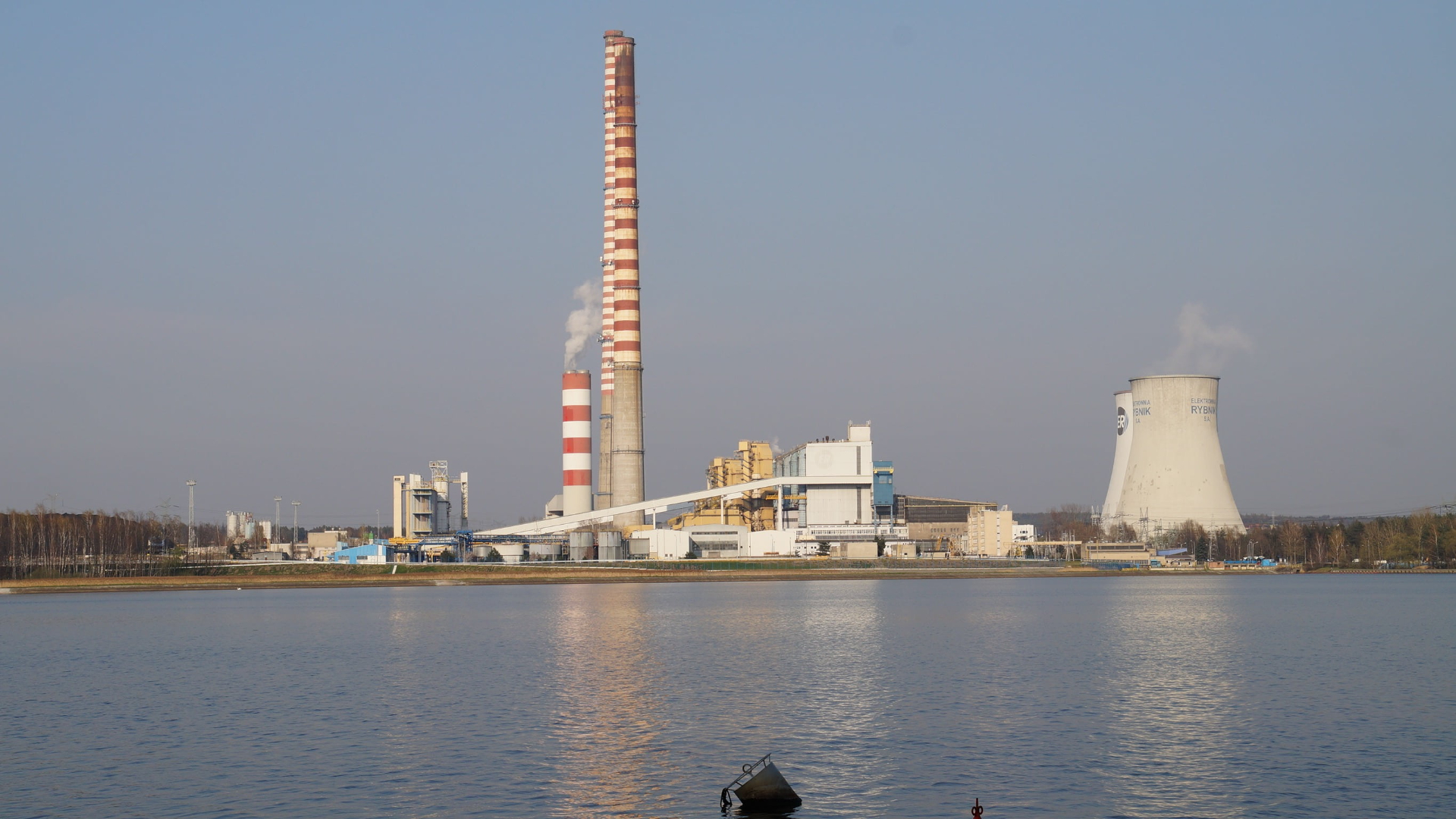Wastewater treatment is a systematic and complex process that typically includes pre-treatment, main treatment (including primary, secondary, and advanced treatment), and post-treatment stages. Each stage has different goals and technical means to ensure that the effluent quality meets standards. The following is a detailed processing procedure:
1、 Preprocessing
Goal: Remove large impurities and protect subsequent equipment.
Core steps:
Grille filtration
Function: Intercept large particles such as tree branches and plastic impurities to prevent blockages in water pumps and pipelines.
Sand settling tank
Function: Use gravity settling to remove heavy particles such as sand and gravel, avoiding equipment wear and tear.
Regulating pool
Function: Balance water quality and quantity, ensure stable operation of subsequent treatment, especially suitable for situations with large fluctuations in influent concentration.
2、 Main processing
- First level processing (physical processing)
Objective: To remove suspended solids and some colloids, and reduce the load of secondary treatment.
Core steps:
primary sedimentation tank
Function: By gravity settling sludge, the supernatant enters the next stage, removing about 50% of suspended solids and 25% of organic matter.
- Secondary treatment (biological treatment)
Goal: Utilize microorganisms to degrade organic matter and nutrients, the core process.
Common techniques:
activated sludge process
Process: Sewage is mixed with activated sludge, and after microbial decomposition of organic matter, the mixed solution enters the secondary sedimentation tank. The sludge is partially refluxed to maintain concentration.
biofilm process
Process: Wastewater flows through a carrier (such as a biofilter), where microbial membranes adsorb and degrade organic matter. The aging membrane falls off and is discharged with water.
- Deep processing (three-level processing)
Goal: Further remove recalcitrant organic matter, nitrogen, phosphorus, and pathogens to meet reuse or strict emission standards.
Common techniques:
Coagulation precipitation: Removing residual suspended solids.
Activated carbon adsorption: adsorbs trace pollutants and odors.
Ozone oxidation: decomposes recalcitrant organic compounds such as pesticides and dyes.
Membrane separation: intercepting bacteria, viruses, etc. to achieve high-precision filtration.
3、 Post processing
Objective: To eliminate pathogens and ensure safe effluent.
Common techniques:
Chlorination disinfection: adding disinfectants such as sodium hypochlorite, which is low-cost but may produce by-products.
UV disinfection: no chemical residue, efficient and fast, requiring regular replacement of the lamp tube.
Ozone disinfection: Strong oxidizing property, no secondary pollution, but high operating cost.
4、 Sludge treatment
Goal: To avoid secondary pollution and achieve resource utilization.
Common techniques:
Concentrated dewatering: reduces sludge volume, facilitates transportation and disposal.
Anaerobic digestion: producing biogas as an energy source to stabilize the properties of sludge.
Land use: Sludge is used as fertilizer after harmless treatment, and heavy metal content needs to be controlled.
5、 Schematic diagram of processing flow
Inlet water → grid → sedimentation tank → regulating tank → primary sedimentation tank → biological treatment → secondary sedimentation tank → deep treatment → disinfection → discharge/reuse
↑ Sludge concentration → dehydration → disposal
summarize
Wastewater treatment achieves purification and resource utilization through multi-stage synergistic effects, combined with physical, chemical, and biological methods. In practical applications, it is necessary to flexibly adjust the process according to water quality characteristics, emission standards, and costs, for example:
High concentration industrial wastewater: adding chemical precipitation or advanced oxidation steps.
Sensitive water discharge: Strengthen denitrification, phosphorus removal, and disinfection processes.
Water scarce areas: Prioritize the use of reuse technologies such as reverse osmosis and ultrafiltration.

生化膜反应器14-1024x768.jpg)

生化膜反应器14-scaled.jpg)
生化膜反应器4-scaled.jpg)


